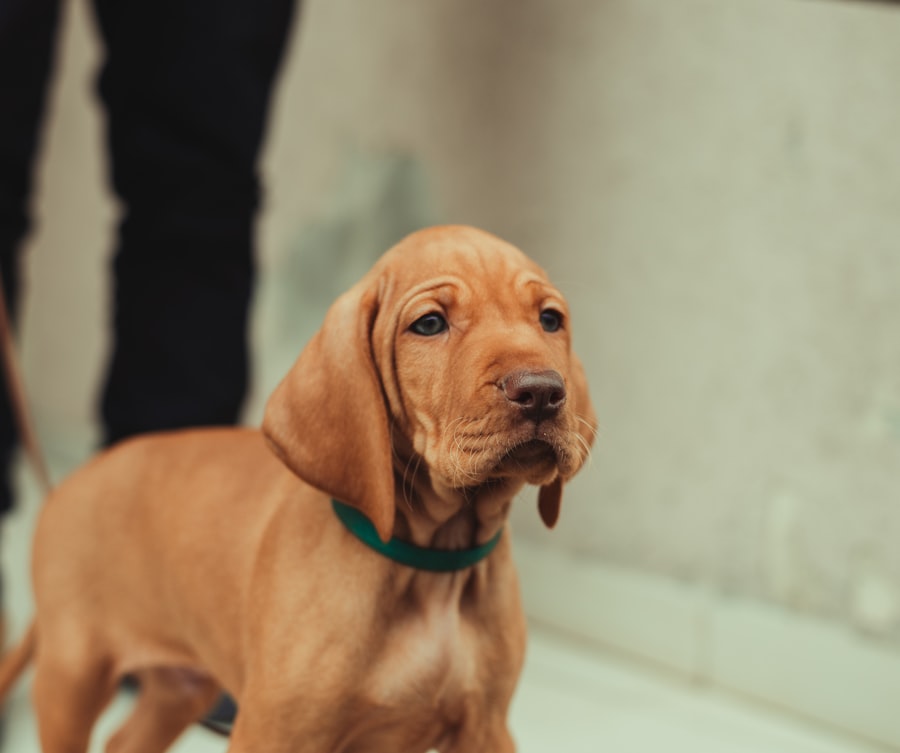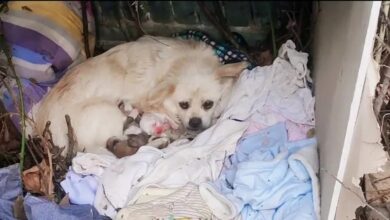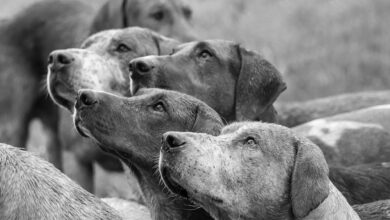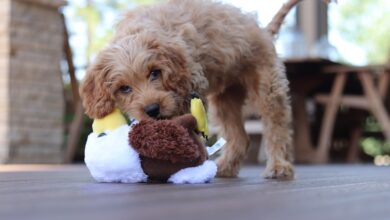
breed of dog vizsla
The Vizsla breed is a popular choice for pet owners due to its unique qualities and characteristics. This breed is known for its friendly and affectionate nature, making it an ideal companion for families and individuals alike. With their striking appearance and loyal temperament, Vizslas have captured the hearts of many dog lovers around the world.
History and origin of the Vizsla breed
The Vizsla breed has a rich history that dates back centuries. Originating in Hungary, these dogs were initially bred for hunting purposes. They were highly valued for their exceptional hunting skills, particularly in tracking and retrieving game. The Vizsla’s versatility made it a favorite among hunters, as it could excel in various terrains and climates.
Over time, the Vizsla’s popularity extended beyond hunting circles, and they became cherished family pets. Their gentle nature and ability to form strong bonds with their owners made them excellent companions. Today, the Vizsla is recognized as a versatile breed that excels in both the field and the home.
Physical characteristics and appearance of the Vizsla
The Vizsla is a medium-sized dog with a lean and muscular build. Males typically stand between 22 to 24 inches at the shoulder, while females are slightly smaller, ranging from 21 to 23 inches. In terms of weight, adult Vizslas usually weigh between 45 to 65 pounds.
One of the most distinctive features of the Vizsla is its short, dense coat. The coat color can vary from golden rust to a deep red shade. This rich coloration gives the Vizsla an elegant and regal appearance. Their coat is also water-resistant, which makes them well-suited for various weather conditions.
Temperament and personality traits of the Vizsla
The Vizsla is renowned for its friendly and affectionate nature. They are known to be highly sociable dogs that thrive on human companionship. Vizslas are often referred to as “velcro dogs” because they have a tendency to stick close to their owners. This loyalty and devotion make them excellent family pets.
In addition to their loving nature, Vizslas are also highly intelligent and trainable. They have a strong desire to please their owners, which makes them quick learners. With consistent training and positive reinforcement, Vizslas can excel in various activities, including obedience, agility, and even therapy work.
When it comes to interacting with children and other pets, Vizslas are generally gentle and patient. They have a natural affinity for kids and can form strong bonds with them. However, as with any dog breed, it is important to supervise interactions between Vizslas and young children to ensure everyone’s safety.
Training and exercise requirements for the Vizsla

Training and exercise are essential for the well-being of a Vizsla. These dogs have high energy levels and require regular mental and physical stimulation. Without proper exercise, they may become bored or restless, which can lead to destructive behavior.
To keep a Vizsla happy and well-behaved, it is important to provide them with daily exercise. This can include long walks, runs, or engaging in activities such as fetch or agility training. Mental stimulation is equally important, so incorporating puzzle toys or obedience training sessions can help keep their minds sharp.
Training a Vizsla should be approached with patience and positive reinforcement. They respond well to praise and rewards, so using treats or verbal praise can be effective in reinforcing desired behaviors. Consistency is key when training a Vizsla, as they thrive on routine and clear expectations.
Health issues and common ailments in the Vizsla breed
Like all dog breeds, Vizslas are prone to certain health issues. It is important for potential owners to be aware of these conditions and take necessary precautions to ensure the well-being of their pets.
One common health issue in Vizslas is hip dysplasia, a condition where the hip joint does not develop properly. This can lead to pain and mobility issues. Regular exercise, a balanced diet, and maintaining a healthy weight can help reduce the risk of hip dysplasia.
Another health concern in Vizslas is progressive retinal atrophy (PRA), a degenerative eye disease that can lead to blindness. Regular eye examinations by a veterinarian can help detect any early signs of PRA and allow for appropriate treatment or management.
Additionally, Vizslas may be prone to allergies and skin irritations. Regular grooming and proper coat maintenance can help prevent these issues. It is also important to provide a balanced diet that meets their nutritional needs to support overall health.
Grooming and maintenance of the Vizsla’s coat
The Vizsla’s short coat requires minimal grooming compared to other breeds. However, regular maintenance is still necessary to keep their coat healthy and shiny.
Brushing the Vizsla’s coat once or twice a week helps remove loose hair and keeps their skin and coat in good condition. A rubber curry brush or a soft bristle brush can be used for this purpose. Bathing should be done as needed, typically every few months or when they get dirty.
It is important to regularly check the Vizsla’s ears for any signs of infection or wax buildup. Cleaning the ears with a veterinarian-approved ear cleaner can help prevent ear infections.
Nail trimming should be done regularly to prevent overgrowth and discomfort. If you are unsure about how to trim your Vizsla’s nails, it is best to seek guidance from a professional groomer or veterinarian.
Feeding and nutrition for the Vizsla breed
Proper nutrition is crucial for the overall health and well-being of a Vizsla. A balanced diet that meets their nutritional needs is essential to support their active lifestyle.
High-quality dog food that is specifically formulated for medium-sized breeds is recommended for Vizslas. The food should contain a balance of protein, carbohydrates, and healthy fats. It is important to avoid overfeeding, as Vizslas can be prone to weight gain if not properly monitored.
Feeding schedules may vary depending on the age and activity level of the Vizsla. Puppies require more frequent meals, typically three to four times a day, while adult Vizslas can be fed twice a day. It is important to consult with a veterinarian to determine the appropriate feeding schedule and portion sizes for your Vizsla.
Fresh water should always be available for the Vizsla to stay hydrated throughout the day. It is also important to monitor their weight and adjust their diet accordingly to maintain a healthy body condition.
Socialization and interaction with other pets and people
Socialization is crucial for the development of a well-rounded Vizsla. Early socialization helps them become comfortable in various environments and with different people and animals.
Introducing a Vizsla to new experiences, such as different sounds, sights, and smells, should be done gradually and in a positive manner. This can include taking them on walks in different locations, exposing them to various types of people, and allowing them to interact with other friendly dogs.
Positive reinforcement training methods can be used during socialization to help build confidence and reinforce desired behaviors. Rewarding calm and appropriate behavior with treats or praise can help them associate new experiences with positive outcomes.
It is important to note that every dog is unique, and some Vizslas may have different temperaments or preferences when it comes to socialization. Paying attention to their body language and comfort levels is essential in ensuring a positive socialization experience.
Choosing a Vizsla puppy or adult dog for your family
When choosing a Vizsla for your family, it is important to consider your lifestyle, living situation, and the specific needs of the breed.
If you are considering a Vizsla puppy, it is recommended to find a reputable breeder who prioritizes the health and temperament of their dogs. A responsible breeder will provide health clearances for the parents and allow you to meet the puppies and observe their environment.
Adopting an adult Vizsla from a rescue or shelter is another option. Many Vizslas end up in shelters or rescue organizations due to various reasons, and providing them with a loving home can be a rewarding experience.
Regardless of whether you choose a puppy or an adult dog, it is important to spend time with them before making a decision. Observe their behavior, interact with them, and ask questions about their history and temperament. This will help ensure that the Vizsla you choose is the right fit for your family.
Conclusion and summary of the Vizsla breed’s unique qualities and characteristics
In conclusion, the Vizsla breed offers a unique combination of qualities that make them an excellent choice for pet owners. Their friendly and affectionate nature, coupled with their intelligence and trainability, make them wonderful companions for families and individuals alike.
Vizslas require regular exercise, mental stimulation, and socialization to thrive. They are well-suited for active individuals or families who can provide them with the attention and exercise they need.
While they may be prone to certain health issues, proper care, regular vet check-ups, and a balanced diet can help ensure their well-being.
If you are looking for a loyal and loving companion who will bring joy to your life, the Vizsla breed may be the perfect fit for you. With their striking appearance and gentle temperament, they are sure to capture your heart and become a cherished member of your family.
FAQs
What is a Vizsla?
A Vizsla is a breed of dog that originated in Hungary. They are known for their hunting abilities and are often used for bird hunting.
What does a Vizsla look like?
A Vizsla is a medium-sized dog with a short, smooth coat that is usually a reddish-brown color. They have long ears that hang down and a long tail.
What is the temperament of a Vizsla?
Vizslas are known for being friendly, affectionate, and energetic. They are also very intelligent and trainable, making them great family pets.
What is the lifespan of a Vizsla?
The average lifespan of a Vizsla is between 10 and 14 years.
What health issues are common in Vizslas?
Vizslas are generally a healthy breed, but they can be prone to certain health issues such as hip dysplasia, epilepsy, and eye problems.
What is the exercise requirement for a Vizsla?
Vizslas are a high-energy breed and require a lot of exercise. They need daily walks and plenty of opportunities to run and play.
Are Vizslas good with children?
Yes, Vizslas are generally good with children. They are affectionate and playful, making them great family pets.
Do Vizslas shed?
Yes, Vizslas do shed. However, their short coat makes grooming relatively easy.
Are Vizslas easy to train?
Yes, Vizslas are generally easy to train. They are intelligent and eager to please, making them quick learners.



